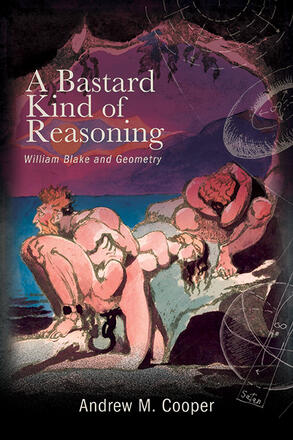
A Bastard Kind of Reasoning
William Blake and Geometry
Alternative formats available from:
Ranges widely and deeply across William Blake's oeuvre to show how his post-Newtonian vision of space-time anticipates Einsteinian relativity.
Description
What do Einsteinian relativity, eighteenth-century field theory, Neoplatonism, and the overthrow of three-dimensional perspective have in common? The poet and artist William Blake's geometry—the conception of space-time that informs his work across media and genres. In this illuminating, inventive new study, Andrew M. Cooper reveals Blake to be the vehicle of a single imaginative vision in which art, literature, physics, and metaphysics stand united. Romantic-period physics was not, as others have assumed, materialist. Blake's cosmology forms part of his age's deep reevaluation of body and soul, of matter and Heaven, and even probes what it is to understand understanding, reason, and substance. Far from being anti-Newtonian, Blake was prophetically post-Newtonian. His poetry and art realized the revolutionary potential of Enlightened natural philosophy even as that philosophy still needed an Einstein for its physics to snap fully into focus. Blake's mythmaking exploits the imaginative reach of formal abstractions to generate a model of how sensation imparts physical extension to the world. More striking still, Cooper shows how Blake's art of vision leads us today to visualize four-dimensional concepts of space, time, and Man for ourselves.
Now retired, Andrew M. Cooper previously taught in the Department of English at the University of Texas at Austin. He is the author of William Blake and the Productions of Time and Doubt and Identity in Romantic Poetry.
Reviews
"Andrew Cooper's brilliant and unorthodox book incorporates Blake's cosmology into an intellectual history of relativity theory that extends from Plato to Alfred North Whitehead. Amply demonstrating his superb command of Blake's entire body of poetry and prose (along with a good cross-section of his visual art), Cooper offers a valuable new paradigm for making sense of a visionary cosmology that often seems fanciful or obscure even to serious readers." — Noah Heringman, author of Deep Time: A Literary History